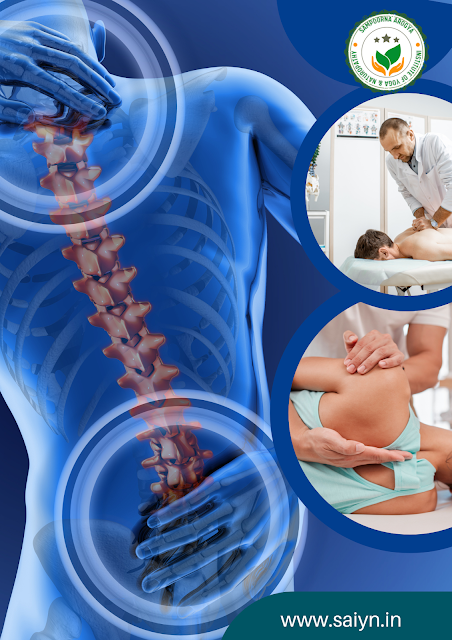What is Shilajit?
Shilajit is a powerful mineral-rich resin found in the Himalayan mountains, formed over centuries from decomposed plant matter. Known as “Rasayana” in Ayurveda, it is revered for its ability to enhance strength, stamina, and overall vitality. This natural substance is packed with fulvic acid, humic acid, and over 85 essential minerals, making it a powerhouse for health and wellness.
Uses of Shilajit
Shilajit has been traditionally used in Ayurveda for various therapeutic and rejuvenating purposes. Some of its primary applications include:
1. Energy & Stamina Booster
Shilajit is well known for combating fatigue and enhancing physical and mental endurance. It helps in improving cellular function, which increases energy levels naturally.
2. Testosterone & Reproductive Health
For men, Shilajit is often used as a natural supplement to boost testosterone levels, enhance libido, and improve sperm quality. It is beneficial for addressing issues like erectile dysfunction and low energy levels.
3. Cognitive Function & Brain Health
The high concentration of fulvic acid in Shilajit makes it an excellent supplement for brain function. It helps improve memory, focus, and cognitive abilities, reducing the risk of neurodegenerative diseases like Alzheimer’s.
4. Anti-Aging & Longevity
Shilajit is considered an Ayurvedic Rasayana, meaning it promotes longevity and slows down the aging process. Its antioxidant properties fight oxidative stress, reducing wrinkles, fine lines, and cellular damage.
5. Detoxification & Immunity Boosting
Shilajit aids in flushing out toxins from the body, supports liver function, and enhances immune system response, making it a great supplement for overall health maintenance.
6. Joint & Bone Health
Due to its mineral-rich composition, Shilajit helps strengthen bones, joints, and cartilage. It is effective in managing arthritis, osteoporosis, and inflammation-related conditions.
7. Heart Health & Blood Pressure Regulation
Regular consumption of Shilajit helps maintain healthy blood circulation, reduces bad cholesterol levels, and supports cardiovascular health, lowering the risk of heart-related diseases.
How to Use Shilajit?
Shilajit is commonly available in the following forms:
- Resin (Pure & most potent form)
- Capsules/Tablets (Easier to consume)
- Powder (Mixable with milk or water)
Dosage Recommendations
- Resin: A pea-sized amount dissolved in warm water or milk
- Capsules/Tablets: 250-500 mg per day
- Powder: 300-500 mg mixed with water or milk
Note: Always consult an Ayurveda doctor consultation before starting any supplement, especially if you have existing health conditions.
Shilajit Price & Cost Factors
The price of Shilajit depends on purity, form, and sourcing. Authentic Himalayan Shilajit resin is the most expensive due to its potency.
- Raw Resin: ₹2,000 - ₹5,000 per 20g
- Capsules/Tablets: ₹500 - ₹2,500 per bottle
- Powder Form: ₹800 - ₹3,000 per 100g
Cheaper versions may contain fillers or impurities, so it's essential to buy from trusted Ayurvedic brands.
Where to Buy Authentic Shilajit?
To ensure purity, buy lab-tested, natural, and non-adulterated Shilajit from certified Ayurveda stores, online retailers, or ask Ayurveda doctors for recommendations. Always check for third-party lab testing and sourcing transparency.
Who Should Avoid Shilajit?
While generally safe, Shilajit is not recommended for:
- Pregnant & breastfeeding women
- People with kidney stones or high uric acid levels
- Those with low blood pressure or on medications for hypertension
If unsure, seek an Ayurveda doctor consultation before use.
Shilajit is a time-tested Ayurvedic supplement with immense health benefits. Whether you're looking for energy, strength, or holistic wellness, this natural resin can be an excellent addition to your daily routine. Always choose high-quality, pure Shilajit and consult an Ayurveda expert at Sampoorna Arogya for best results.
Click here for Online consultation - Sampoorna Arogya Ayurvedic Doctor -
Visit Sampoorna Arogya website at www.saiyn.in














.png)
.png)


